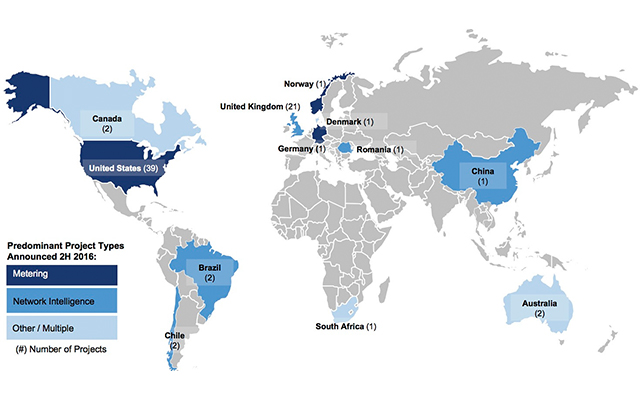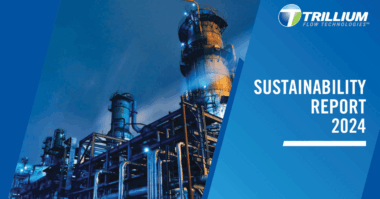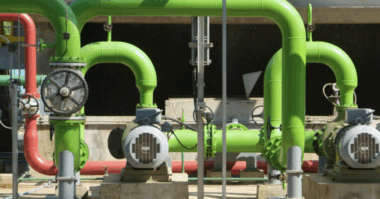Cutting-edge, smart water solutions are gaining traction with municipal water utilities, which see data and analytics as critical tools for overcoming the age-old issue of crumbling water infrastructure. Over $20 billion is slated for metering, data management, and analytics from 2016 to 2025, globally, according to Bluefield Research.
At the root of this change is the mounting financial pressure that is forcing water utilities and municipalities to do more with less. This has sparked an uptick in demand for innovative solutions to more cost-effectively manage billing and customer management, leakage rates, and energy consumption.
“By zeroing-in on key drivers of operating costs, water utilities are optimizing their operations with smart technologies,” according to Keith Hays, Vice President of Bluefield Research. “The solutions are not new, as they draw from existing equipment, software, and analytics tools,” says Hays, “but a significant hurdle will be integrating legacy systems with new software platforms.”
In some cases, the results have been significant: halving non-revenue water- leaks and billing errors- and reducing energy consumption from 20% to 40%. As much as 30% of water utility operating expenditures can be improved almost immediately through more dynamic and real-time system monitoring, according to Bluefield.
The smart water sector is expected to scale to $12 billion in the US and $11 billion in Europe by 2025. Other hotspots for smart water activity include Australia, Singapore and Israel, where water stress and established utility network operators are more receptive to advanced technology adoption. European utilities are at the forefront of smart water in terms of operational solutions, while the US leads in terms of metering.
Bluefield has seen an uptick of M&A with larger, more diversified players like Honeywell, Trimble, and Xylem moving deeper into the sector. “Smart water is bringing a wide range of new companies into the water industry, from multiple sectors and value chain positions, which is fitting for an industry opening itself up to the massive potential,” according to Hays. “We expect to see more industry consolidation over the next 3-5 years, as technology firms build utility track records and larger industrial players find synergies within their larger product portfolios,” says Hays.
These and other findings are from Bluefield’s new Smart Water Reports, available for purchase and immediate download from our website. Media copies are available:
- Global Smart Water Update: Market Trends, Competitive Shifts, and Project Activity
- Europe Smart Water: Market Forecasts and Utility Strategies, 2017-2025
View the original press release on Bluefield’s website here.
About Bluefield Research
Bluefield Research provides data, analysis and insights on global water markets. Executives rely on our water experts to validate their assumptions, address critical questions, and strengthen strategic planning processes. Bluefield helps key decision-makers at municipal utilities, engineering, procurement, & construction firms, technology and equipment suppliers, and investment firms advance their water strategies. Learn more at www.bluefieldresearch.com.




